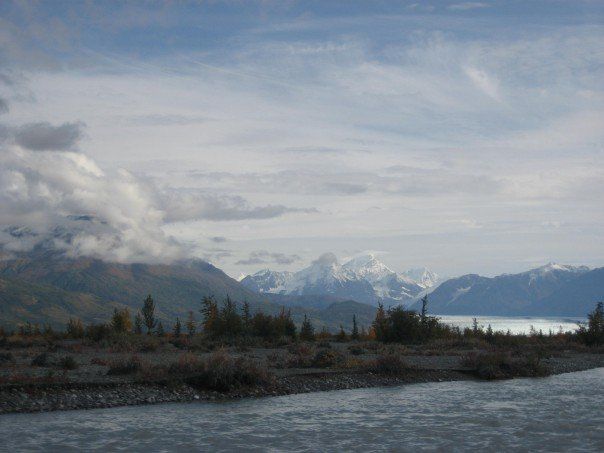 NY TIMES– The future of BP’s offshore oil operations in the Gulf
of Mexico has been thrown into doubt by the recent drilling
disaster and court wrangling over a moratorium.
NY TIMES– The future of BP’s offshore oil operations in the Gulf
of Mexico has been thrown into doubt by the recent drilling
disaster and court wrangling over a moratorium.
The BP drilling station on the artificial island in the Beaufort Sea. Because of its location on the artificial island, it has been exempted from the moratorium on offshore drilling.
But about three miles off the coast of Alaska, BP is moving ahead with a controversial and potentially record-setting project to drill two miles under the sea and then six to eight miles horizontally to reach what is believed to be a 100-million-barrel reservoir of oil under federal waters.
All other new projects in the Arctic have been halted by the Obama administration’s moratorium on offshore drilling, including more traditional projects like Shell Oil’s plans to drill three wells in the Chukchi Sea and two in the Beaufort.
But BP’s project, called Liberty, has been exempted as regulators have granted it status as an “onshore” project even though it is about three miles off the coast in the Beaufort Sea. The reason: it sits on an artificial island — a 31-acre pile of gravel in about 22 feet of water — built by BP.
The project has already received its state and federal environmental permits, but BP has yet to file its final application to federal regulators to begin drilling, which it expects to start in the fall.
Some scientists and environmentalists say that other factors have helped keep the project moving forward.
Rather than conducting their own independent analysis, federal regulators, in a break from usual practice, allowed BP in 2007 to write its own environmental review for the project as well as its own consultation documents relating to the Endangered Species Act, according to two scientists from the Alaska office of the federal Mineral Management Service that oversees drilling.
Read full article HERE.
© NY TIMES, 2010
Photo by Abby Martin










